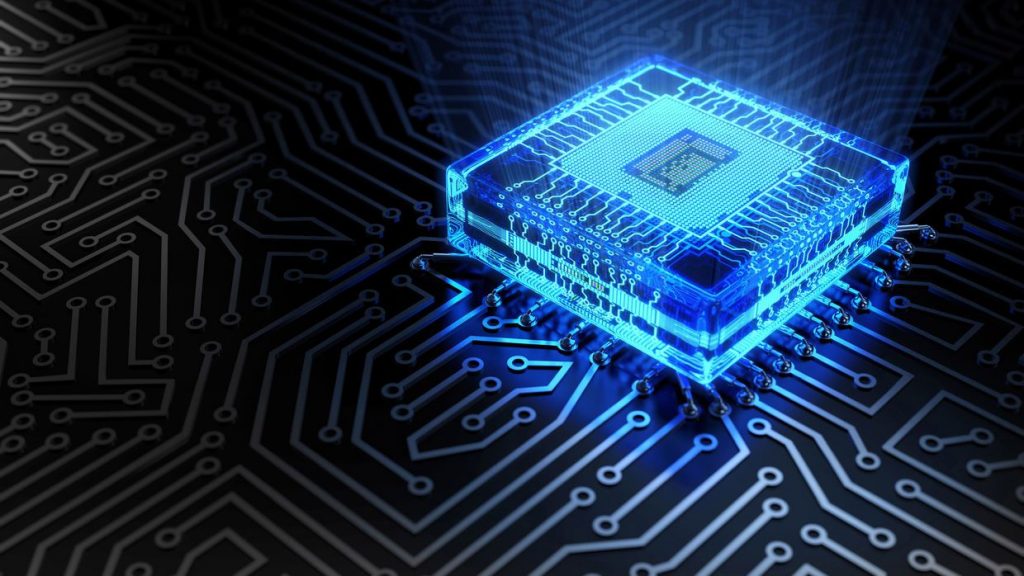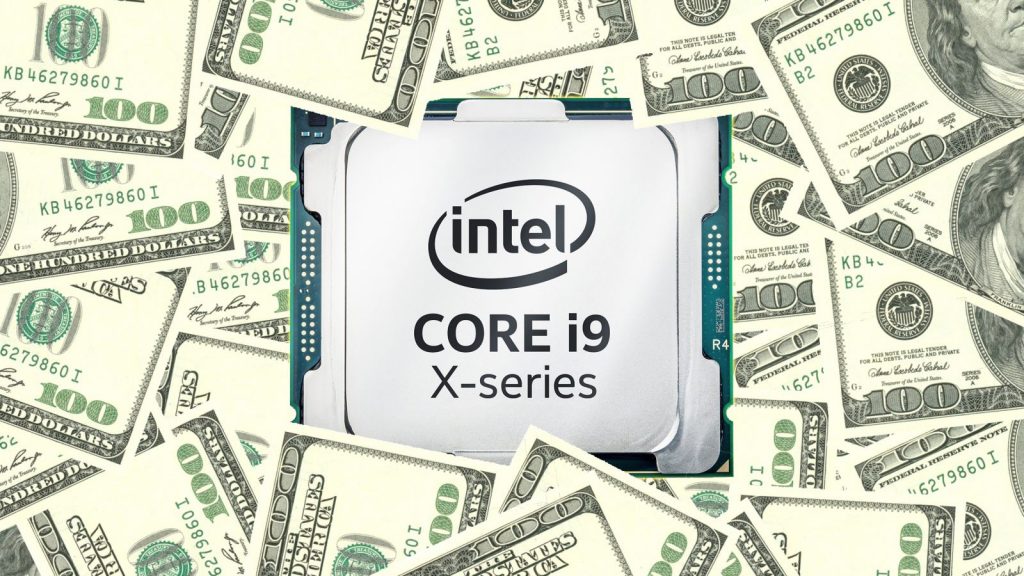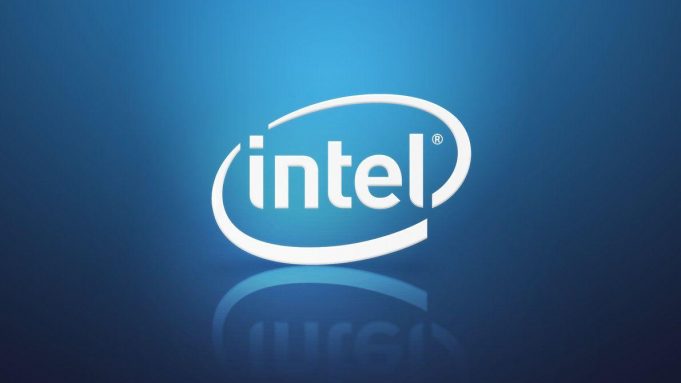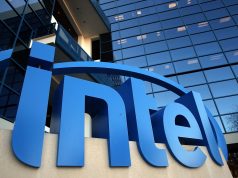Intel is the world’s largest semiconductor chipmaker. Intel offers a broad range of semiconductor products that include microprocessors, chipsets, motherboards, flash memory, and wired and wireless connectivity products. Intel semiconductor products are the building blocks integral to computers, servers, smartphones, tablets, and networking and communications products. Intel also sells software primarily focused on security and technology integration.
Intel Product Offerings
Intel offers the following categories of products:
Microprocessors. A Microprocessor is the central processing unit (CPU) of a computer system. It processes the system data and controls other devices in the system. Intel processors power a wide range of devices from Macs and PCs to smartphones, tablets, servers, and embedded devices. Here is a list of families of processors used in these devices: Intel Quark processors, Intel Atom processors, Intel Pentium processors, Intel Celeron processors, Intel Core m processors, Intel Core i processors, Intel Xeon processors, Intel Xeon Phi processors, and Intel Itanium processors. In each processor family, Intel offers the processors at a variety of price/performance points. The processors differ on a number of technical parameters such as per clock speed, microarchitecture design, fabrication technology, number of cores, speed of communication between CPU and chipset, speed of memory access, and power consumption.

Intel System on Chip (SoC) products integrate CPUs and other system components such as graphics, imaging, audio, video, and communication and connectivity, onto a single chip. SoC products enable form factors such as tablets, phones, Ultrabook devices, 2 in 1 systems, and Internet of Things.
Chipsets. A chipset sends the data between the microprocessor and inputs, display, and storage devices. Chipset performs essential logic functions and controls the access between the CPU and main memory. Intel offers a range of chipsets for desktops, mobile devices, and servers.
Boards and Kits. A motherboard contains the CPU, the memory, and the chipset. It has connectors for attaching external devices to it. Intel offers a range of desktop and server boards.
Servers. Apart from microprocessors and chipsets for servers, Intel offers rack server systems, server and workstation boards, rack server chassis, RAID (redundant array of inexpensive disks) controllers and accessories, and server spares and accessories.
Solid State Drives (SSD). Intel offers SSDs for consumer, professional, data center, and embedded market segments. Compared to the traditional hard-disks, SSDs are more resistant to physical shock, require low power, run silently, and have lower access time. Intel SSDs use NAND flash memory.
Networking and I/O. Intel offers a range of Ethernet, Fabric, Wireless, Mobile Communications, and I/O products. The products include Ethernet multi-host network controllers, desktop and server adapters, Ethernet cables and switching components, high performance fabric products, Wi-Fi and WiMAX adapters, W-CDMA slim modems, LTE slim modems, HSPA slim modems, multi I/O Products, Thunderbolt products.
Software. Intel offers software development suites, server management software, and McAfee security software. Intel security products include software and hardware products for endpoint security, network and content security, risk and compliance, and consumer and mobile security from the McAfee business.

How Intel Makes Money?
Intel offers its products as platforms. A platform consists of a microprocessor and chipset, and may be enhanced by additional hardware, software, and services. Intel sells these platforms to the following customer segments:
- Original Equipment Manufacturers (OEMs) and Original Design Manufacturers (ODMs) that make (a) computer systems (b) cellular handsets & handheld computing devices (c) networking communications equipment. ODMs provide design and manufacturing services to branded and unbranded private-label resellers.
- PC & network communications product users (which includes individuals, businesses, and service providers) who buy PC component & board-level products and networking & communication products through distributors, resellers, retail, and OEM channels
- Industrial and communication equipment manufacturers
Intel generates revenues primarily through the sales of its products. For more information, refer to the following diagram that shows how Intel serves its different customer segments.

Intel Operating Groups
Intel manages its business through the following operating groups:
- Client Computing Group (CCG). It includes platforms designed for notebooks, 2-in-1 systems, desktops, tablets, and smartphones. It also includes wired and wireless connectivity products and mobile communication components.
- Data Center Group (DCG). It includes server, network, and storage platforms.
- Internet of Things Group (IOTG). It includes platforms designed for embedded market segments.
- Software and Services Group (SSG). It includes security related products from McAfee business and software and services that promote Intel architecture as the platform for choice for software development.
- All Other. It includes Non-Volatile Memory Solutions Group (NSG) and New Devices Group.
Intel Revenues By Operating Group 2015
Of the total revenues of $55.4 billion in 2015, Intel generated
- $32.2 billion revenues, 58.2% of the total, from the client computing group.
- $16.0 billion revenues, 28.9% of the total, from the data center group.
- $2.3 billion revenues, 4.2% of the total, from the Internet of things group.
- $2.2 billion revenues, 3.9% of the total, from the software and services group.
- $2.7 billion revenues, 4.9% of the total, from all other.
Intel Revenues By Geographic Segments 2015
Of the total revenues of $55.4 billion in 2015, Intel generated
- $11.7 billion revenues, 21.1% of the total, from China (including Hong Kong).
- $11.5 billion revenues, 20.9% of the total, from Singapore.
- $11.1 billion revenues, 20.1% of the total, from United States.
- $10.7 billion revenues, 19.3% of the total, from Taiwan.
- $10.4 billion revenues, 18.7% of the total, from other countries.
Intel Revenues, Profits, And Profit Margins 2015
Of the $55.4 billion of Intel net revenue in 2015, $20.7 billion were the cost of sales. This resulted in $34.7 billion of gross profit and a gross margin of 62.6%. Intel other operating expenses were $18.9 billion. These include research and development, marketing, general and administrative expenses. These also include amortization of acquisition-related intangibles and restructuring and asset impairment charges. This resulted in $14.0 billion of operating profit and an operating margin of 25.3%. After interest and other non-operating income and expenses and income taxes, Intel had a net profit of $11.4 billion and a net margin of 20.6%.
Intel Revenues, Net Profits, and Net Profit Margins 2011 To 2015
Intel Revenues have not been growing much for the last five years.

However, Intel net profit margins have remain strong.
Intel CEO Brian Krzanich recently wrote a post titled, “Our Strategy and The Future of Intel”. He says Intel strategy is about transforming Intel from a PC company to a company that powers the cloud and billions of smart, connected devices. He talks about Intel focus on five key areas: (1) The cloud and data center (2) The many variations of connected things (3) Memory and Programmable solutions (4) 5G connectivity (5) Economics of Moore’s Law
Will this strategy and recently announced restructuring initiatives (which will result in reduction of up to 12,000 positions globally, approximately 11 percent of employees) help Intel grow its top-line revenues as well? Analysts and investors would be looking forward to Intel earnings in the coming quarters and years for answer to this question.








